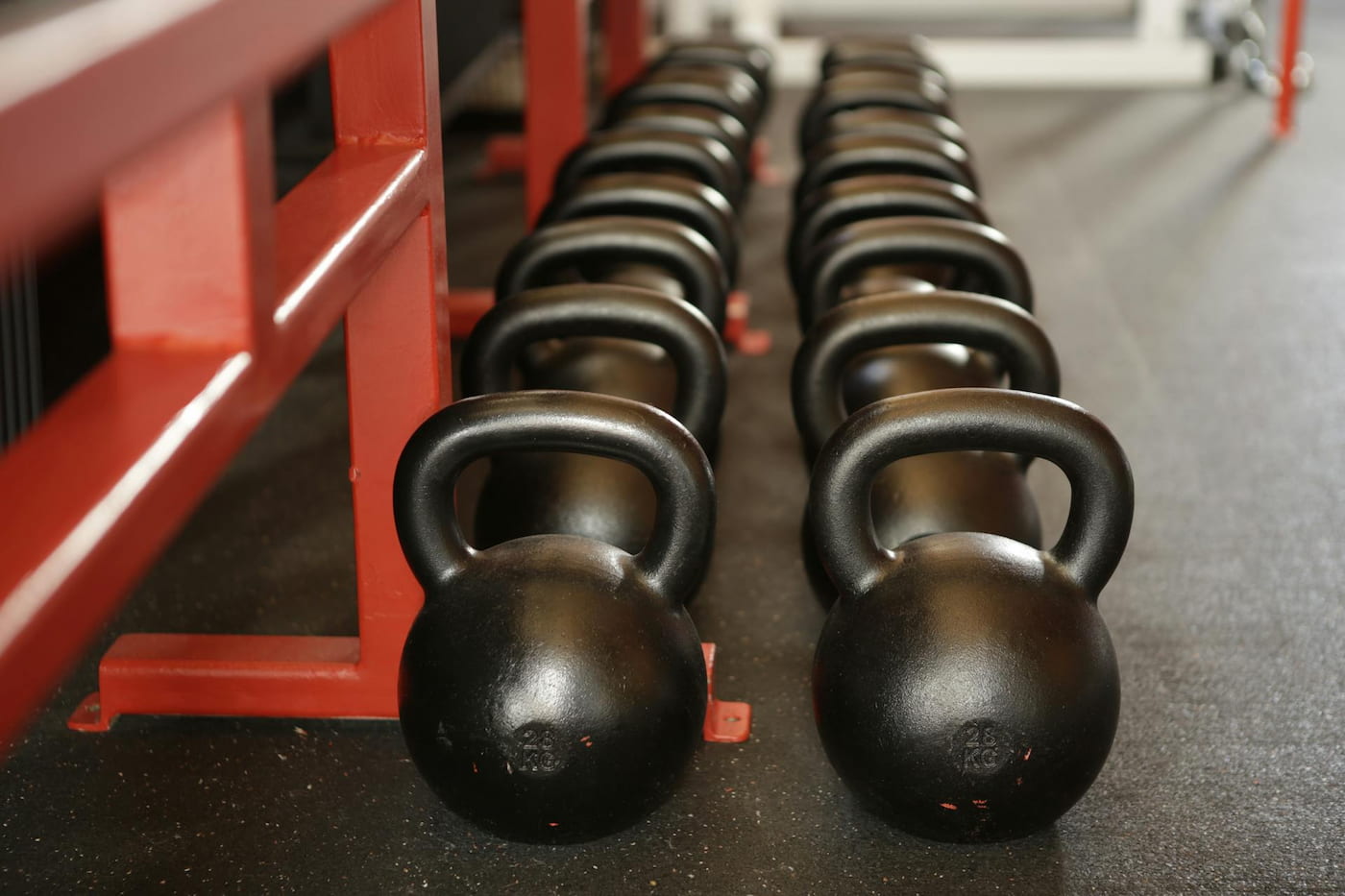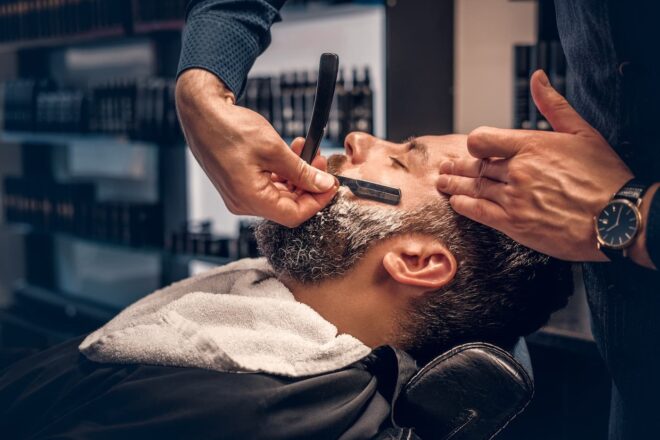Essential equipment gyms & fitness studios need for opening day
Editorial Team
7 min read
Turning your passion for fitness and health into a profitable business is no easy feat–especially when it comes to opening your own gym or fitness studio. But, having a handle on these essentials for opening a gym and fitness studio can help.
Knowing what kind of gym equipment and fitness studio equipment you’ll need for your fitness business is an important step to prepare for. Before you can make it to opening day, there are a few things to consider about the equipment you’ll need to outfit your fitness business–and Clover’s here to help you with your opening a gym checklist. Not all gyms and fitness spaces are created the same. Some fitness businesses offer a specialized list of programs, classes, and services, while others are modeled after traditional gym facilities.
To help jumpstart your opening a gym, here’s a list of the 12 essential equipment typically needed by gyms and fitness studios.
1. Treadmills
Treadmills are used for low-impact, high-intensity lower body and cardiovascular workouts. They can come at a hefty price point, but can be a worthwhile investment for gym owners who want to provide their clients with a traditional and effective cardio alternative. There are a variety of treadmills to choose from, like manual, motorized, curved treadmills, or walking pads.
2. Ellipticals
Ellipticals are adaptable machines that can offer a full-body workout for all fitness levels and goals. These machines offer a variety of incline and resistance settings that can keep workouts challenging. What’s more, they’re an additional cardio option for prospective clients looking for a way to improve cardiovascular endurance without the joint load that may accompany other cardio workouts or machines.
3. Other cardio equipment
Having a variety of cardio equipment can entice potential clientele across all fitness levels who may have varying fitness goals. Along with treadmills and ellipticals, additional cardio equipment you can purchase for your gym or fitness studio can include:
- Spin bike
- Exercise bike
- Rowing machines
- Stair climber/stepmill
- Jacob’s ladder
4. Free weights
Free weights can be suitable for lots of people of varying health goals or physical abilities. Categorized as heavy objects that can be picked up and moved around during exercise, free weights are just that–free. They’re not attached to any equipment, so you’ll need to find a dedicated space in your gym where they can be used safely and stored securely. Free weights are also essential equipment for crossfit, a trending workout method. Free weights come in lots of forms and offer loads of flexibility for a workout program. Here’s a list of different kinds of free weights, for starters:
- Dumbbells
- Barbells
- Kettlebells
- Medicine balls
- Sandbags
- Resistance bands
- Sandbells
- Olympic weight plate
5. Weight benches
If you’re offering free-weight training, then a weight bench is a must-have. Not only can they help with improving form and intensity while performing exercises, they’re also useful in supporting seated or lying strength training workouts. A weight bench provides a solid foundation for a variety of exercises. Additionally, weight benches can be useful for clients with mobility issues who may need additional support during exercise. Outfitting your fitness space with more than one bench is ideal if you want to accommodate a large number of clients.
6. Resistance bands
If you’re looking for cost-friendly equipment to add to your fitness business, resistance bands may be a great addition to your equipment list. Unlike free weights, resistance bands do not put pressure on joints, lowering the risk of injury. And they offer some great benefits like greater muscle stimulation, improved flexibility and mobility, reduction of muscle loss, muscle toning and strengthening, and injury prevention while rehabbing.
7. Squat stand, power rack
One thing to figure out as you’re designing your gym, is whether your fitness business is better suited to a squat stand or a power rack. A squat stand is a basic piece of equipment used to support a barbell between sets of squats and is typically a steel frame with two uprights–you squat and bench press outside the frame. Also used to support the barbell in between sets of squats, a power rack is a steel frame with four uprights, but you perform your lifts inside the frame. And, it can be more versatile than the standard squat stand.
8. Cable machines
Cable machines can be used to isolate and target one muscle group at a time and create a controlled motion–they’re ideal for strength training. They also provide a range of resistance levels and exercise options. Because there are lots of machines on the market of varying sizes and weights, you’ll need to make a few decisions about the cable machines you install as to which machines might serve your clientele best and fit your space. Take these considerations, for instance:
- Standalone machines or all-in-one trainers?
- Single or dual pulleys?
- Plate-loaded or pin-loaded?
- 1:1 or 2:1 cable ratio?
9. Stability balls
Stability balls are useful for building muscle and improving core stability. A stability ball can also be used to perform a variety of upper-body and lower-body exercises that target major muscle groups throughout the body. This cost-effective piece of fitness equipment may be suitable for smaller gym and fitness spaces. And, you can get them in varying sizes and colors to enhance the look of your gym.
10. Flooring and mats
It’s easy to overlook what’s under your feet. But in a gym, flooring can make all the difference between a comfortable, safe workout experience and one that’s not. When it comes to flooring, you’ll need to assess your space, what flooring is already there, what kinds of machines and/or activities are planned for the space, and what budget you can set aside for flooring. A barre studio, for instance, needs different flooring from a machine-centric gym. And, it’s important to decide whether you’ll supply exercise mats for various classes and activities–or whether you’ll suggest clients bring their own.
11. Cleaning supplies
Maintaining sanitary conditions is crucial in fitness spaces–especially with a large number of people using the space and equipment constantly. Be sure to keep a robust supply of cleaning solutions, disposable cleaning clothes, towels, mops, and other useful cleaning tools–and keep them handy for staff and customers to use. And, to keep clients and staff healthy during cold and flu season, be sure to keep hand sanitizers, hand wipes, and a supply of clean towels available and visible.
12. Payment processing system
Figuring out how you’ll bill clients and how you’ll process payments can be overwhelming. Add to that, you’ll need to decide what kind of payment devices make sense for your gym–a desktop or handheld device, for example. The great news is that Clover makes choosing and setting up a payment processing system an easy lift. With Clover, you can build your own point-of-sale (POS) system that accommodates your business needs with a system designed to accept all payment types. Even better, a Clover system can help lighten the weight of managing operational tasks like tracking sales, managing inventory, scheduling employees, nurturing customer relationships, and more.
If you’re considering opening a gym or you’re simply rethinking your payment processing setup, reach out to a Clover Consultant today. They can offer guidance on a POS system that fits your gym business today and one that will scale as your business grows.
Related Posts
8 value-added barber shop services to consider adding to your menu
Event marketing strategies for your small business
Popular Topics
Stay in touch
Sign up and learn more about Clover.
Thank you for your subscription!
More posts about starting a small business
eBook





